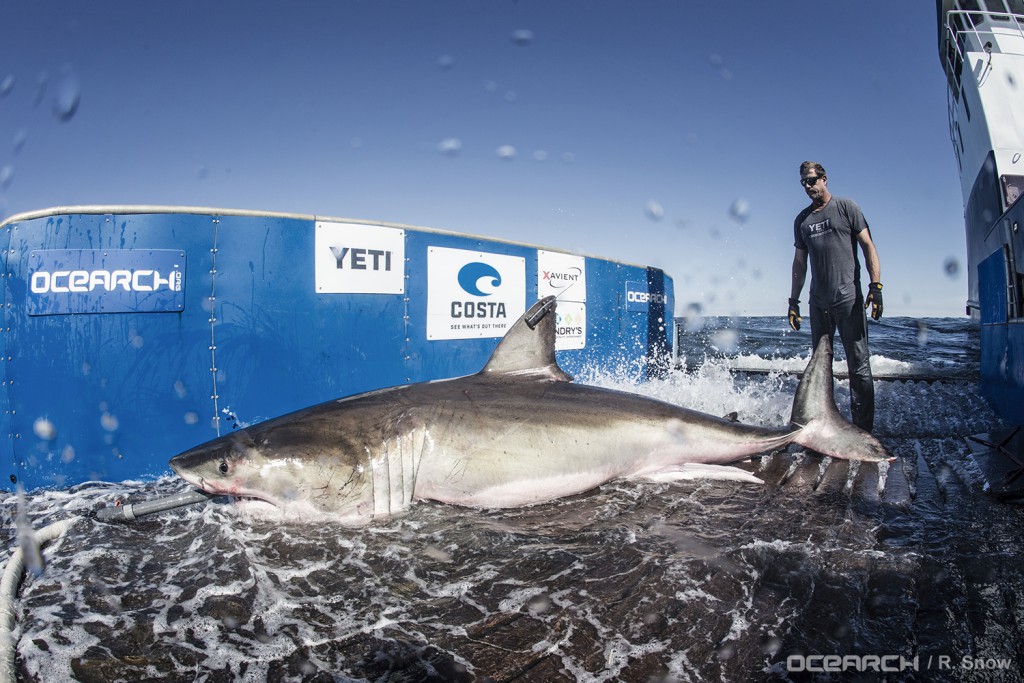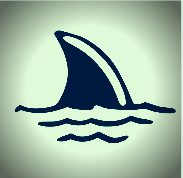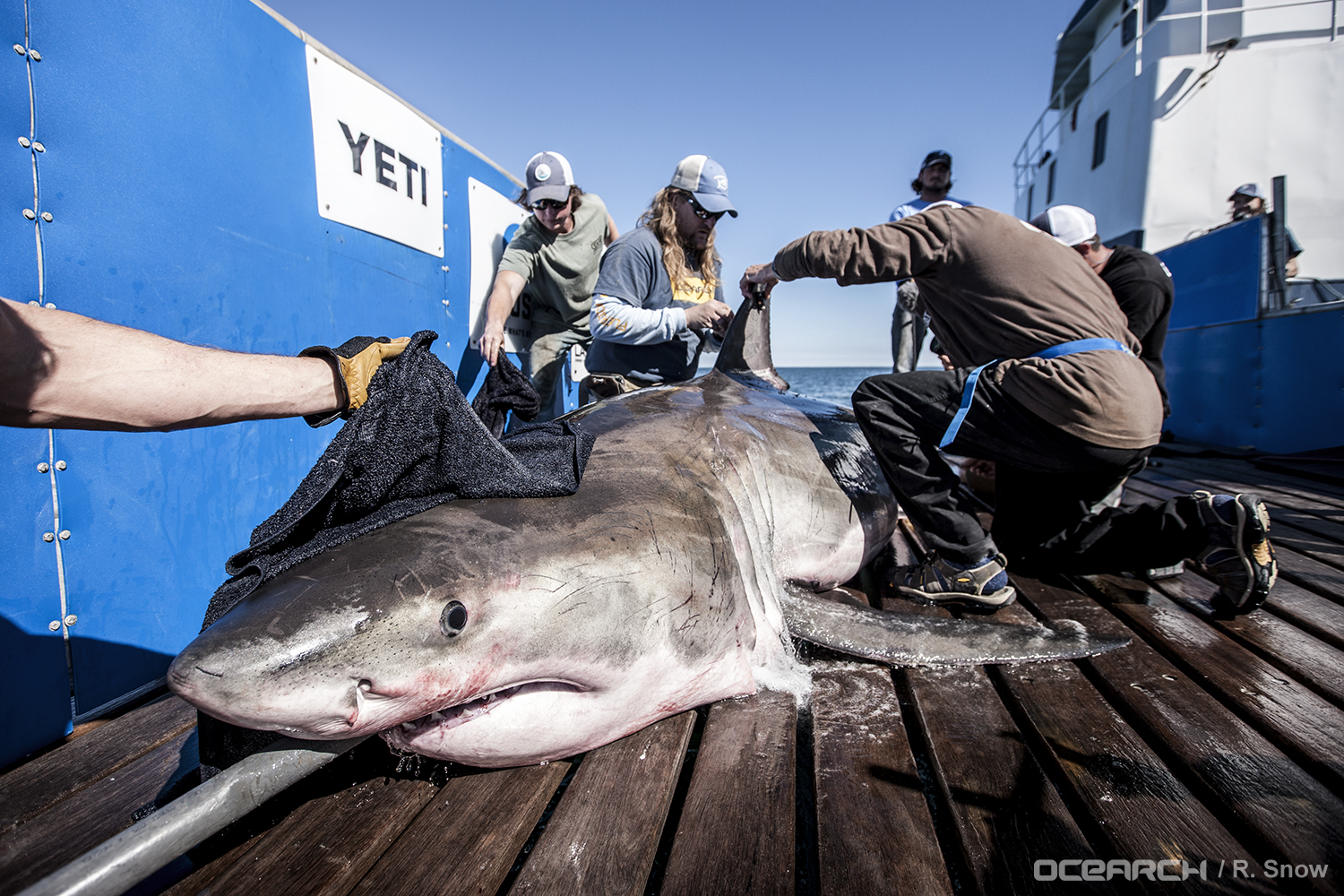PARK CITY (USA)- Eleven sharks tagged by Ocearch.org have surfaced off the Atlantic coasts of the US states of South Carolina and Georgia in the past few days, sending their location information via satellite to the organization that tracks them. It’s a regular shark party!!!
Great whites and tiger sharks
Ocearch, a globally recognized nonprofit dedicated to the study and tracking of keystone marine species such as great white sharks, recently concluded its 28th research expedition in the lowcountry. The expedition took place from February 22 to March 15 in waters off South Carolina and Georgia. The organization and its collaborating scientists successfully tagged and sampled four sharks, including two whites and two tigers.
Hilton, a 1,326-pound, 12.5-foot, mature male great white shark named after the community in Hilton Head Island was the first shark tagged during the expedition, and Weimar, a 304-pound, 9.4-foot mature male tiger shark named after Ocearch’s long time supporter, Ruth Weimar, was the second shark tagged. Both sharks were satellite-tagged off Hilton Head, SC on the same day.
Warmer waters
“With the warmer than expected water temperatures, we thought we might see a tiger shark before the end of the expedition,” added Bryan Frazier, Lowcountry expedition lead scientist and Marine Biologist at the South Carolina Department of Natural Resources. “But to catch a white and a tiger on the same day was completely unexpected and will be quite beneficial to our research.”
The third shark tagged was Savannah, a 8.5-foot, 460-pound immature female great white named after the people of Savannah, Georgia. The fourth and final shark tagged was Beaufort, a 5.5-foot, immature male tiger shark just over 100 pounds.
“It is so interesting that we found two cooler water, more coastal predators — white sharks — and the warmer water, more offshore predators — tiger sharks — sharing the same space,” said Chris Fischer, OCEARCH Founding Chairman and Expedition Leader.
 Ecology, physiology, and behavior of sharks in the North Atlantic Ocean
Ecology, physiology, and behavior of sharks in the North Atlantic Ocean
The goal of this expedition was to gather data on the ecology, physiology, and behavior of sharks in the North Atlantic Ocean, and to increase the sample size of the Great White Shark research started in 2012 in Cape Cod, MA. OCEARCH and its collaborating scientists have a total of 22 satellite-tagged white sharks of various life stages swimming around the North Atlantic. All sharks were fitted with a satellite transmitter tag and an acoustic tag, and biological samples such as blood, mucus, muscle, parasite, genetic, and other samples were collected.
“Particularly fascinating was our capture, sampling and tagging of Hilton, a mature male white shark who had motile sperm ready for fertilization of a female’s eggs,” said Robert Hueter, Director of the Center for Shark Research at Mote Marine Laboratory. “Finding a male white shark ready to mate off South Carolina in winter goes against our concept of when and where these sharks mate. This is what makes this work so important, the discovery of new knowledge and disproving some old ideas about the life cycle of these sharks.”
During the Lowcountry Expedition, Ocearch collaborated with scientists from the South Carolina Department of Natural Resources, Mote Marine Laboratory, University of North Florida, Adventure Aquarium, Georgia Aquarium, Georgia Southern, University of South Florida, University of South Carolina-Beaufort, WCS’ New York Aquarium, University of Massachusetts, Woods Hole Oceanographic Institution, Auburn University and College of Charleston.
You can follow the four sharks by accessing the near-real time, free online Global Shark Tracker or by downloading the Global Shark Tracker App available for Apple and Android platforms.
Source: press release Ocearch.

